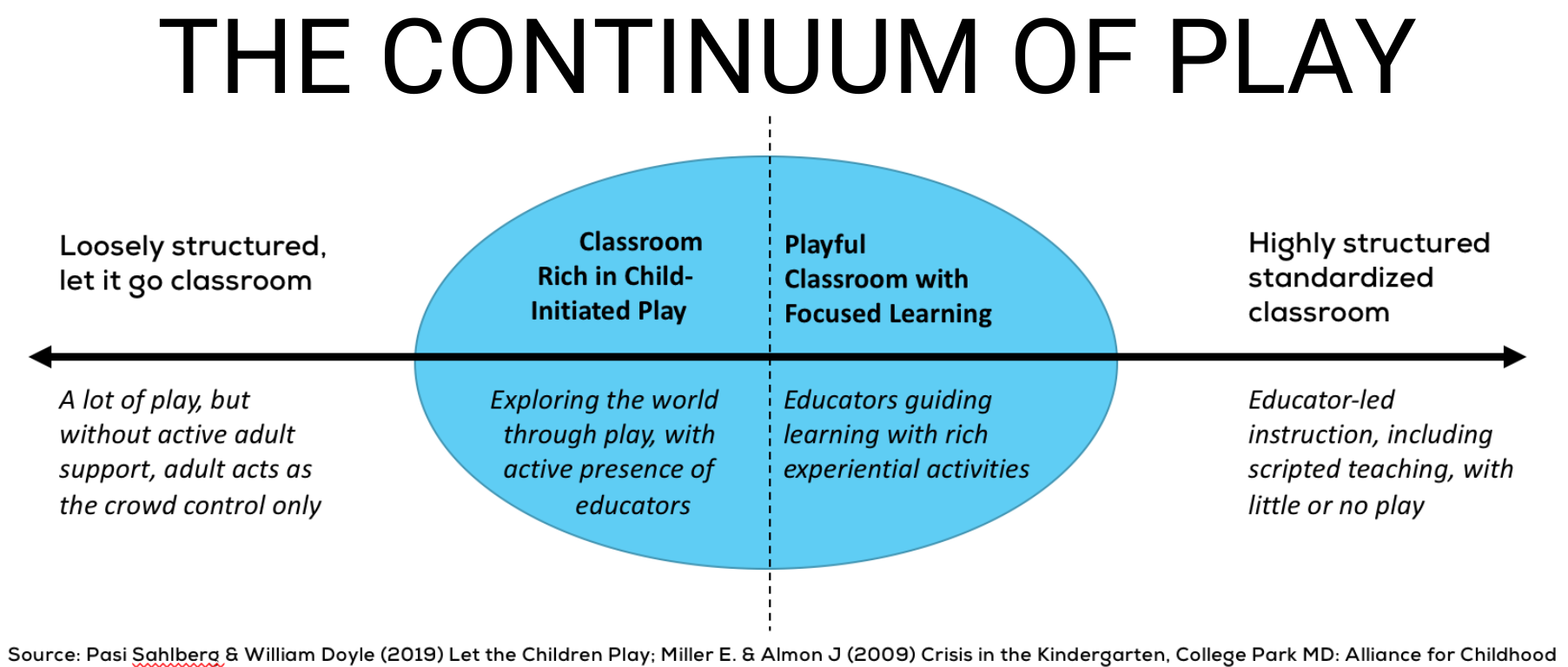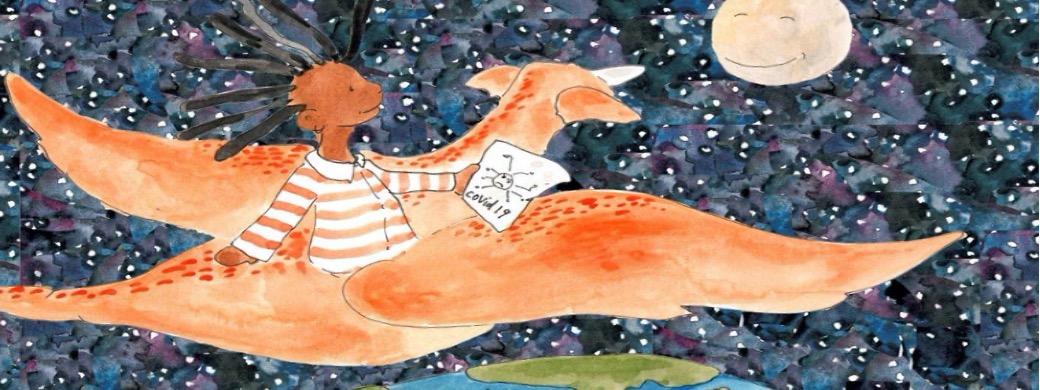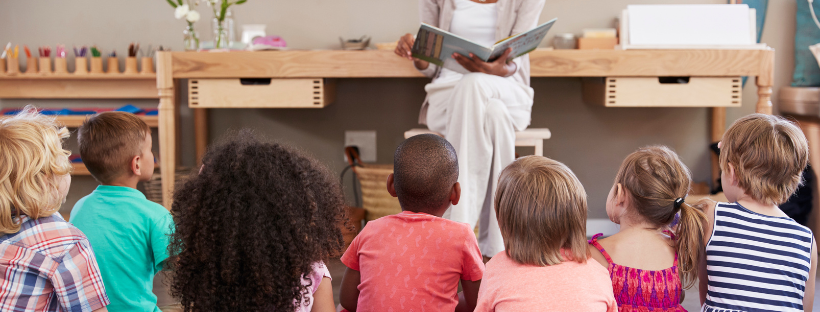The Challenge
In many countries, the government has given prime importance to Early Childhood Education. This will no doubt raise the bar for quality education across the whole market.
- Play-, activity- and inquiry-based learning is in focus
- Learning objectives guide the planning and implementation of activities.
- Assessment is all about examining and developing the children's learning.
- Parents need to be empowered
- Parents have an important role in the child’s learning.
- New ways for them to participate and take responsibility need to be developed.
- Preschools and childcare centers face increased competition
- The renewal underlines the achievement and accountability of prescribed curricular standards.
- Parents ask for proof of their children’s learning and want to see Return on Investment.
New competencies and new working methods are now required to achieve the desired outcomes in preschool. The use of new technology is also a prerequisite for making the change successful.
Why play?
Play motivates the children and simply brings joy. In early childhood education and care, it is necessary to understand the value of play for children. Play has also pedagogical significance in learning as well as in children’s holistic growth and well-being.
Play is a key practice in early childhood education and care. It is important for teachers to observe children’s play and either guide it from outside or participate in it. The presence of teachers in play situations supports interaction among the children and prevents conflicts.

Children’s learning environments need to be flexible, as play and games can take place anywhere depending on the children’s imagination and wishes. Play and therefore learning happens everywhere, not only during guided activities or circle time. Children might learn various things while for example taking a stroll in the forest (tree species), building a Lego tower (counting blocks), or dressing up a doll (body parts). Check our recent blog to learn more about Playful Learning.
A structured end-to-end-learning process is required
The whole learning process needs to be revisited to support holistic learning:
- Upgrade the learning objectives
- Create pedagogical activities that match the learning objectives
- Let children learn by play
- Document the learning moments
- Reflect on the learning with the children
- Engage families in learning
- Assess learning with portfolios
- Ensure quality with statistics
Learning from best practices can significantly speed up the planning and implementation. In Scandinavian countries, children are given intensive support – not academic teaching - until they are “school-ready”. This has shown a significant impact
.png)



.png)
